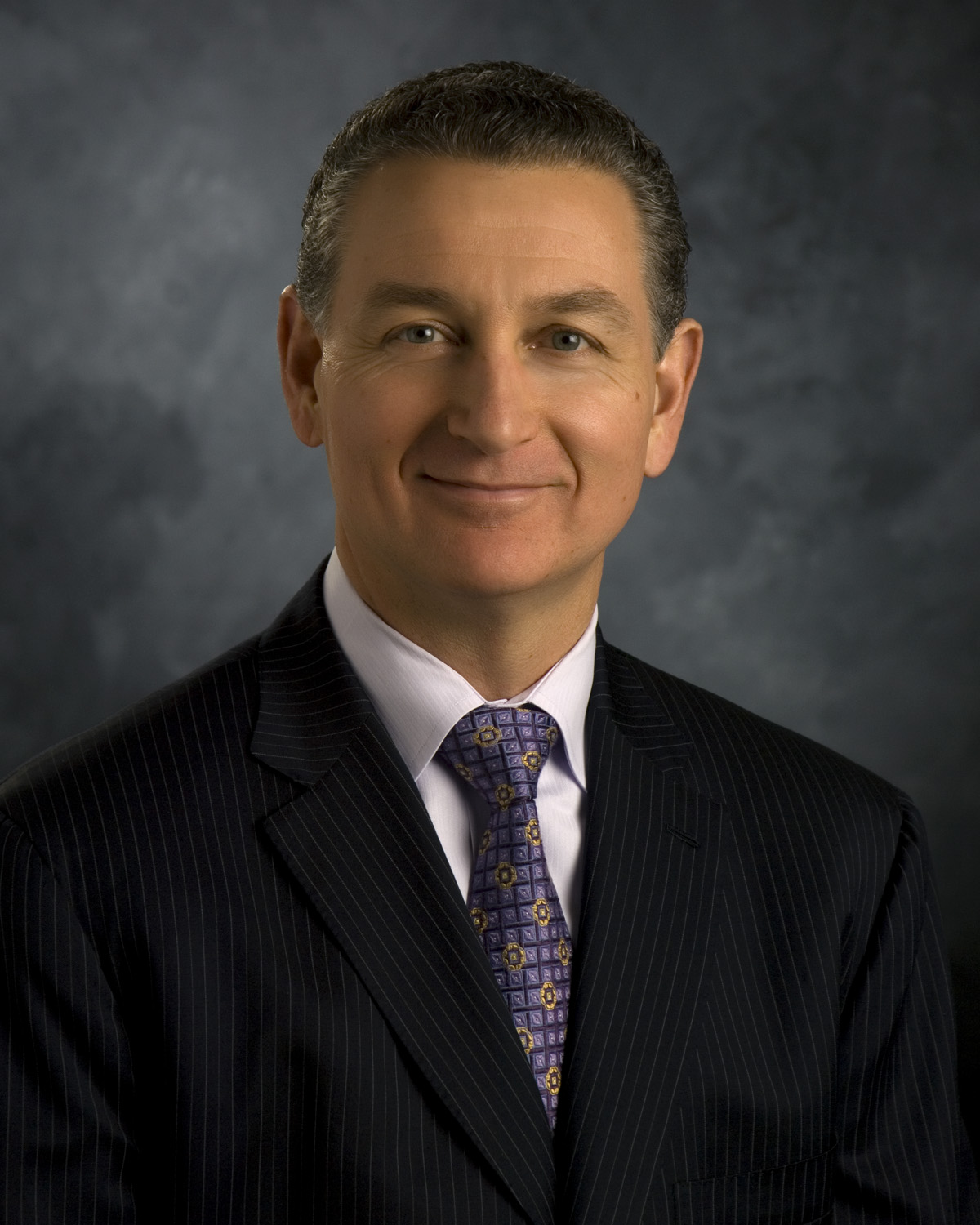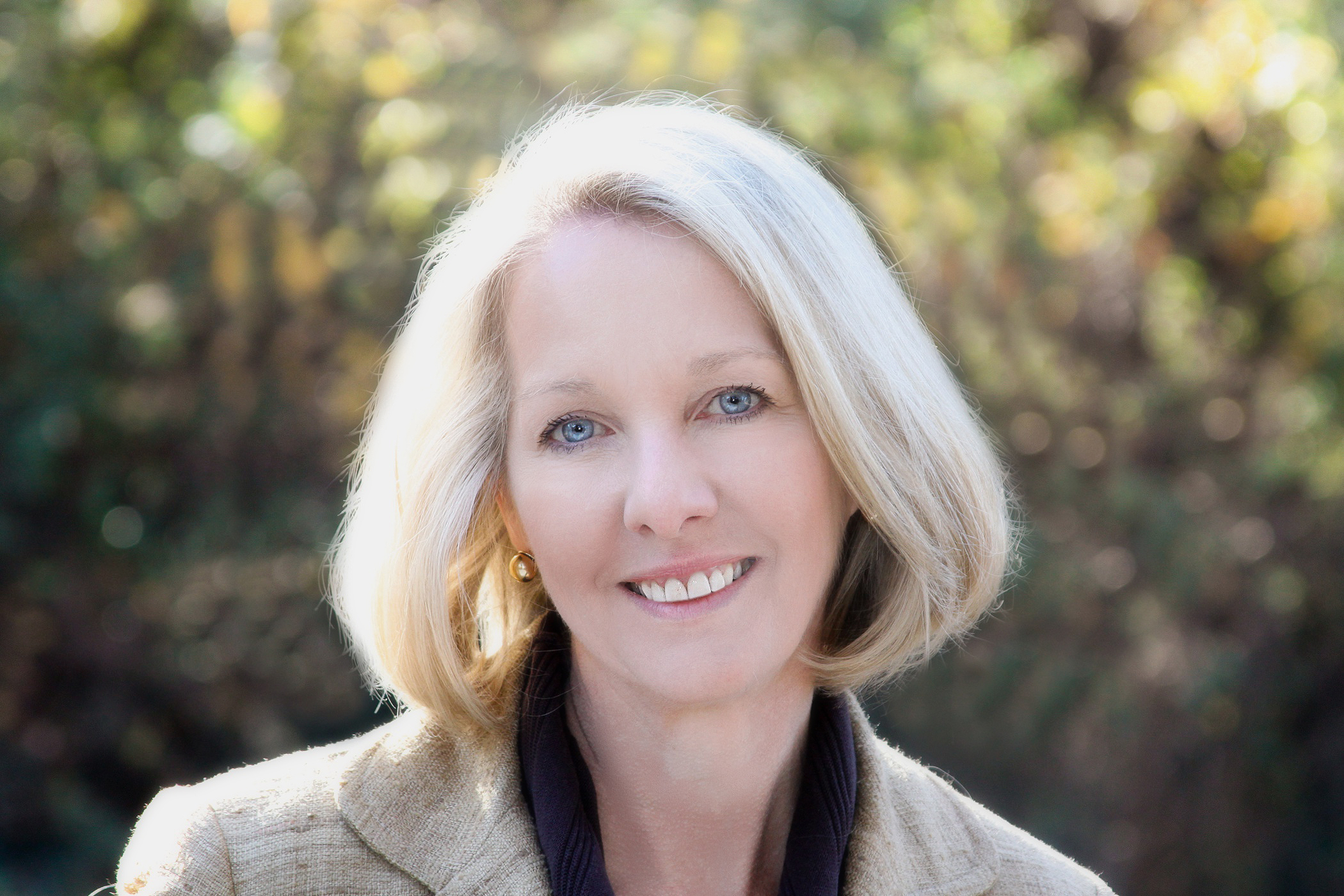- Home
- Photoshop ecosystem
- Discussions
- Re: Help | how to create consistent gray scale pho...
- Re: Help | how to create consistent gray scale pho...
Help | how to create consistent gray scale photos ??
Copy link to clipboard
Copied
Please help me with this, I frequently get request to create people's photographs to convert them into gray scale for our websites and all has to be consistent, but the problem is, All source files that I received are contains different native properties means- resolutions, size, colors and lighting, please help me how can I edit them in Photoshop with perfection... so that they all look consistent.
Explore related tutorials & articles
Copy link to clipboard
Copied
While Image > Adjustments > Black & White, consistent end-points and Curves may be helpful, sad to say that because of a variety of lighting conditions, you are severely limited. It is simply a case of GIGO. Deal with size/res first. Then move on to the three items mentioned, in the order listed. Finish with Sharpening. Good luck
***
EDIT: I neglected to mention that it would be helpful if you keep one reference image up on the monitor as you edit each of the others.
Copy link to clipboard
Copied
When talking about image editing it is often helpful to actually show (a sample of) the images in question.
Copy link to clipboard
Copied
Thank you so much for your reply, i will share images here thanks. I am uploading two images, one with very low resolution and some background, and another one with good resolution. i am attaching both raw and finish photo, thanks. 



Copy link to clipboard
Copied
Thanks.
How did you do the B&W?
Please post screenshots of the layered files with the Layers Panel visible.
If you compare the two images’ histograms you should notice that the image of the woman seems to have been clipped considerably.
That may contribute to her face to appearing flatter.
I think in both cases the resolution should not be a problem.
As for the different lighting (main light source left and right respectively) it does not seem a realistic goal to unitise that with Photoshop as of today.
Copy link to clipboard
Copied
I think It is very useful to work with the RGB data beneath the Adjustment Layer/s of choice (Hue/Saturation, Black & White, …).
That way one can utilise color reliant Adjustment Layers (Selective Color, Hue/Saturation) to address certain issues and even if those don’t suffice still be able to use the color content for masking.
And general brightness corrections would be better done »beneath« the de-colorosing Layers to avoid possible quantisation issues when working in 8bit.
Copy link to clipboard
Copied
Adding to what others have said, it might be helpful to have a copy of the images in question in RAW file format (if possible; this isn't the case some of the time). This requires trust from your clients, of course.
You could then deal with things like blown-out highlights more easily like in the woman's headshot. (Not all the time, like norman said; sometimes the data just isn't there from being too dark or too light.)
Note the two shots presented are pretty disparate; one is in a studio with controlled lighting, while the other is in broad daylight (and looks like it might have had a filter or two added to give a gauzy, dreamlike look). The only way to get straight-up consistency is to have them the same, at least in tone. Don't have any filters applied, especially.
Copy link to clipboard
Copied

1. Color image.
2. OP conversion changed to neutral black
3. Conversion from color and adjusted.
The objective of obtaining a similar contrast and range.
Woman: Used Image > Apply image to color image, yellow channel (because it. had the most modeling) set to normal. Followed up with adjustment in Curves.
Man: Image > Adjustments > Black & White and a Curves adjustment to tone down contrast. I would prefer greater contrast but compromised to approach. the contrast of the Woman image flesh tone.
If this is a sample of the variety of images, there is no one-size-fits-all approach to matching the contrast and range of the images. In the images above, they both could benefit from a contrast boost at the expense of the Woman image.
Find more inspiration, events, and resources on the new Adobe Community
Explore Now
